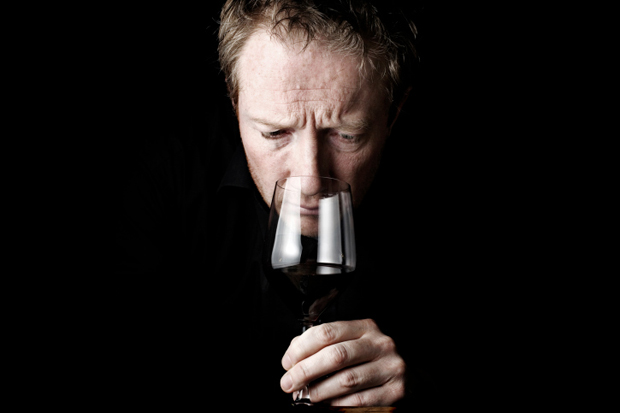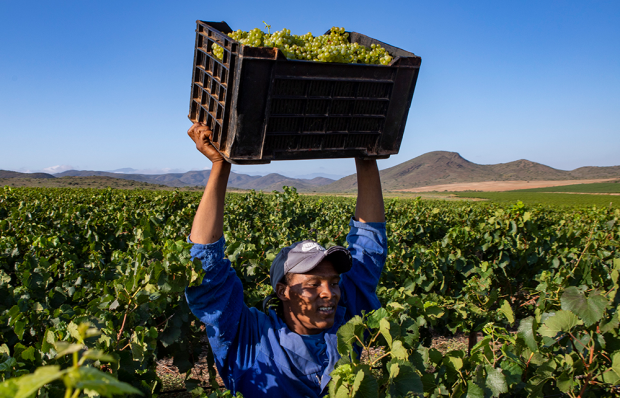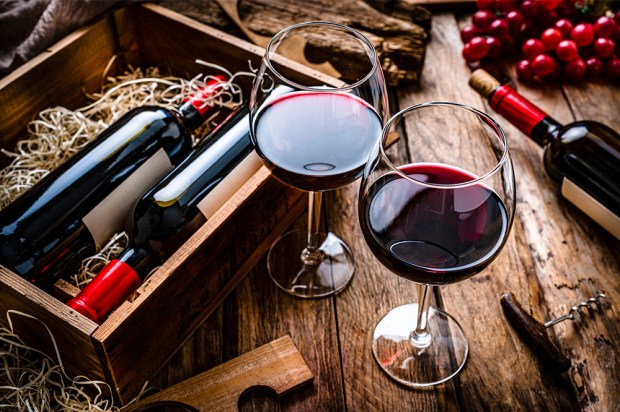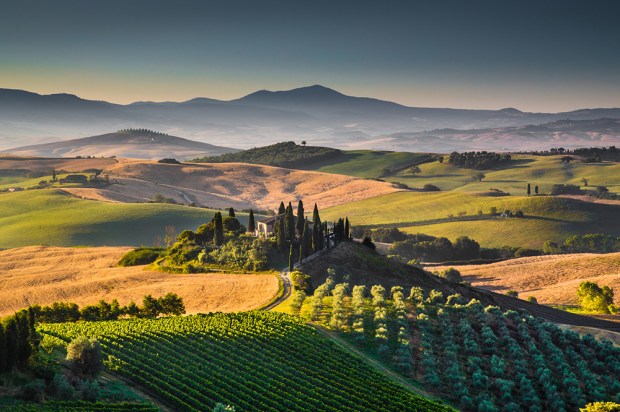This is a tale of two lunches, sort of. The first was a classically English affair. We started with native oysters, my first of the season: everything that they should be. Then there was succulent roast pork, its crackling done to perfection. It was accompanied by the Platonic idea of Brussels sprouts. Straight from the garden, lime-green in colour, perfectly al dente: what a magnificent vegetable. There were also excellent carrots that would have shone in lesser company, and roast potatoes which I should not have eaten, plus Yorkshire pud, ditto: delicious. Eccentric with pork perhaps, but it worked.
With the pig we had a Gigondas ’07 from St Cosme, a house which never fails. Having drunk it before, I opened it at breakfast. It needed every hour of breathing. Look out for St Cosme. From a jolly good Côtes du Rhône to a superb Côte Rotie, I do not believe that better wine is made in Gigondas.
I have a group of friends who insist on remaining nameless. As they go about their business, they pass as respectable. They run counting houses, departments of state, solicitors’ firms and what have you. But every now and again, they slip into a netherworld to practise their secret vice: oenophilia. There is an annual luncheon to which they each bring a bottle or two. It is a competitive affair, with voting to award the blue riband. This year, running into one of them at around 4 p.m., I was invited to join the consultations.
The first prize had gone to an ’88 Clos de la Roche, Georges Lignier, which was wonderful. But I would have given the palm to a ’66 Léoville-Las Cases, a first growth in all but the 1855 ranking. It was perfection in mature claret. At the other end of the age range, still only a colt, there was a Palmer 2001, which grew in stature with every mouthful. We agreed that it would probably be even better the next day.
That led on to the question of opening times. There was a Dominus 1990 from Napa Valley, a good wine, but easily outgunned by the French. Yet everyone insisted that, at first-glass stage, it had been on level terms. Another Californian led to a vigorous debate. A Caymus 2011, also from Napa, had far too much alcohol on the nose. It smelt like a fortified wine. The label admitted to 15 per cent alcohol by volume. Some of us were sceptical. But the American who had brought it insisted that the vignerons were not to blame. As early as April, the temperature in the vineyard reaches 80 degrees. Moreover, the taste was much more sophisticated than the nose. It is a wine which would repay keeping for at least a decade.
Then someone remembered that they had not finished the white wine. There was a glass left for me, and what a glass it was. A Bâtard-Montrachet Gagnard-Delagrange ’04 was everything a great white Burgundy ought to be. Ingratiating and seductive, caressing and entrancing, it was also serene and ultimately assertive. That won my gold award.
To finish, there was a Fonseca ’85, a pretty affable drop of port in any other context. In this company, it had to touch its forelock.
The talk ranged widely over wine’s glories and vagaries. ‘Let me tell you about the best wine I’ve ever had,’ said the chap who had brought the Clos de la Roche, a committed and well-cellared Burgundian. The rest of us were expectant: DRC, Chambertin, Musigny? ‘It was a Côte de Beaune Villages, ’79 from Leroy. I was doubtful, but my wine merchant insisted that I buy it. That was in 1999. I have never drunk anything better.’
Among the bottles that we had been drinking, such a modest appellation would have seemed hopelessly outclassed. But as in the great religions, grandeur and humility are the recto and verso of worship. Classify as much as you like; wine remains a mystery.
Got something to add? Join the discussion and comment below.
Get 10 issues for just $10
Subscribe to The Spectator Australia today for the next 10 magazine issues, plus full online access, for just $10.
You might disagree with half of it, but you’ll enjoy reading all of it. Try your first month for free, then just $2 a week for the remainder of your first year.















Comments
Don't miss out
Join the conversation with other Spectator Australia readers. Subscribe to leave a comment.
SUBSCRIBEAlready a subscriber? Log in